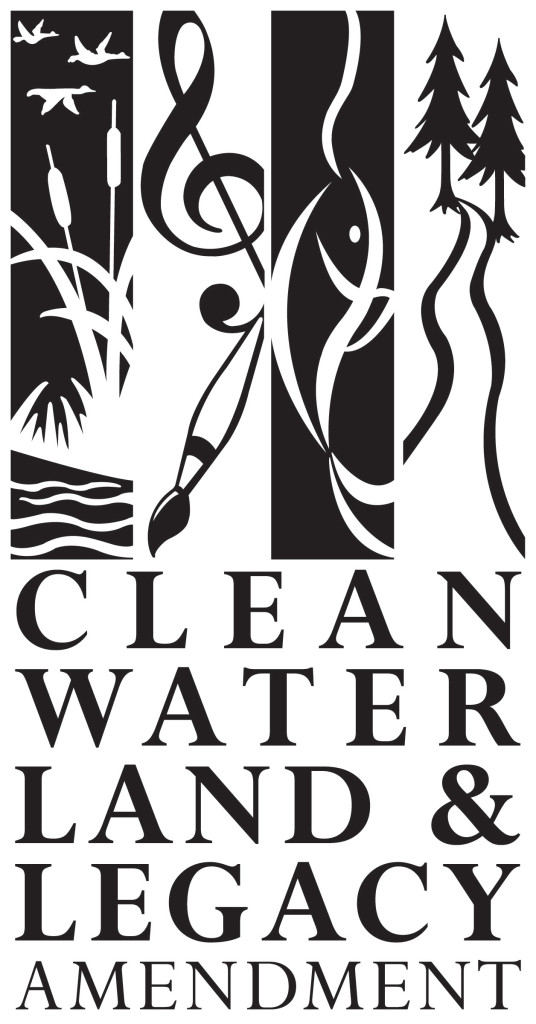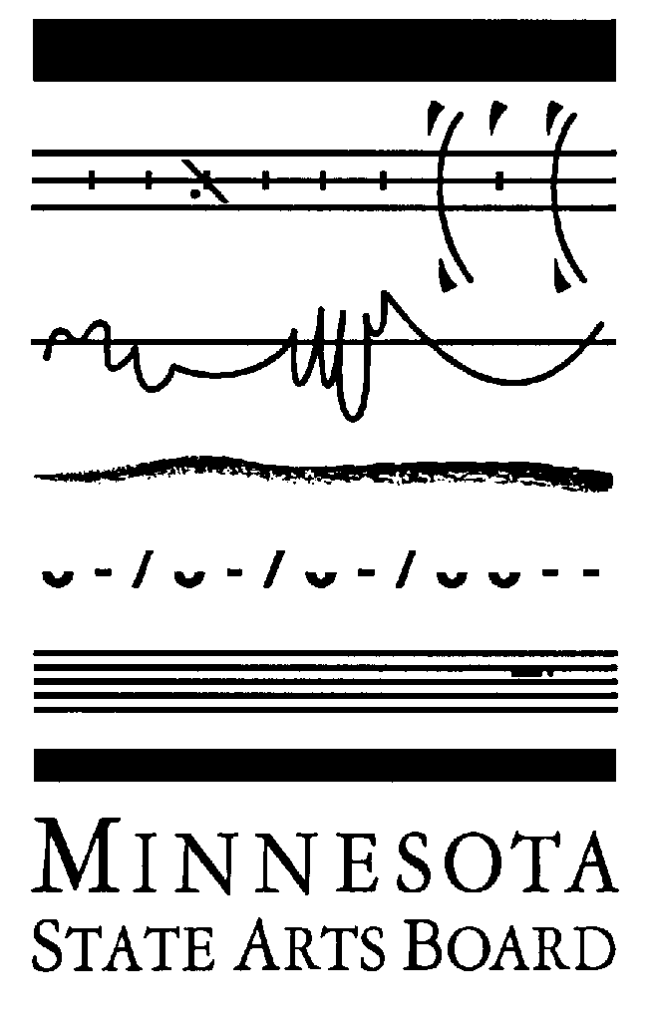To Work Upon the Railroad
In eighteen hundred and sixty one
The Yankee war had just begun,
I put my corduroy breeches on
To work upon the railroad.
In eighteen hundred and sixty two
My corduroy breeches they were new,
I took my pick with a navvy’s crew
To work upon the railroad.
In eighteen hundred and sixty three
I sailed away beyond the sea,
I sailed away to Americay
To work upon the railroad.
In eighteen hundred and sixty four
We landed on Columbia’s Shore,
Bad luck to the ship that brought me o’er
To work upon the railroad.
It’s “Pat do this” and “Pat do that”
Without a stocking or cravat,
Nothing more than an old straw hat
When Pat works on the railroad.
We left Ireland to come here
And spend our latter days in cheer,
Our bosses they did drink strong beer
And Pat worked on the railroad.
____
Minnesota singer Michael C. Dean sang one verse (“In eighteen hundred and sixty four…”) of the above song for Robert W. Gordon’s wax cylinder recording machine in 1924. Of the more than 30 song fragments Gordon recorded from Dean, “To Work Upon the Railroad” is the only one that does not correspond to a more complete text in Dean’s self-published 1922 songster The Flying Cloud. For that reason, we do not know what other verses Dean knew, if any. My guess is that they resembled the first three verses I chose to include here which come from a version printed in Joanna Colcord’s Songs of American Sailormen. The verses collected by Colcord line up well with Dean’s in the years they use and the fact that they are not split up by a chorus. Versions of this song are plentiful and I decided to throw in two additional verses at the end which I adapted from Alan Lomax’s Folksong U.S.A. Dean’s melody does seem to be unique and it gives the song a more mournful tone than other versions (to me at least).
If Dean knew this song in 1924, why didn’t he print it in his 1922 songster? We can’t know for sure, but my suspicion is that he actually learned the song in the interim. My research, using the Robert W. Gordon collection at the American Folklife Center, turned up ample evidence that Dean, then in his late 60s, was actively seeking out old folk songs to add to his repertoire in those years. The printing of The Flying Cloud helped connect Dean to a network of academic song collectors and other old traditional singers who swapped songs with Dean—sometimes by mail. He was likely seeking out old songs from his co-workers at the Virginia Rainy Lake Lumber Company mill in Virginia, MN where he worked as well. In my research, I have found multiple instances of singers who built up a large repertoire before the age of 25, did not learn many songs during the middle of their lives and then resumed adding to their repertoire when, late in life, they realized the value of their old songs. Based on other cases I know of, my guess is that Dean’s later years were enriched by the realization, supported by feedback from Gordon and others, that his songs were worth preserving. Along with that realization came energy to learn new songs and to build friendships with other singers.
For this month’s video of The Lost Forty’s arrangement of “To Work Upon the Railroad,” we performed the song aboard Northern Pacific Caboose 1631 at the Minnesota Transportation Museum in St. Paul. Thanks to Danielle Enblom at the the museum!
This activity is made possible by the voters of Minnesota through a grant from the Minnesota State Arts Board, thanks to a legislative appropriation from the arts and cultural heritage fund.



